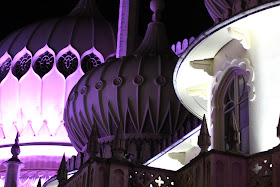We have been zig-zagging our way across France enjoying the
different landscapes, towns and villages en-route. We haven’t had a plan just gone pretty much as
the mood took us. Our Europe road map is quite small scale and rather unhelpfully has no contours and few heights
marked. So when we decided to head south towards Montelimar we didn’t realise
we were heading firstly towards quite a high pass and secondly into a big snow
storm. As dusk fell and the snow was getting thicker and sticking we decided we
had to turn around and head back to a small village we had just driven through.
We ground to a halt in the square in front of the Post Office and Dave wrestled with the snow chains so that we could park up rather than just abandoning it in the centre of the square where we had stopped. Lorries with snow ploughs and tractors fought valiantly to keep clearing the road late into the night. At 5am the nimble tractor drivers were up again clearing the snow so that life could carry on.
We decided to double back the way we had come the day before
and find a lower route on to our final destination. The snow is all around us
on the mountains but at least the roads are clear………for now. More snow is expected on
Sunday by which time we should be in Les Carroz.




















